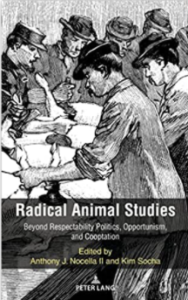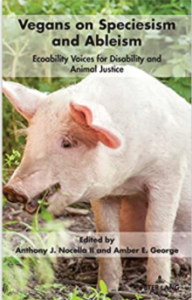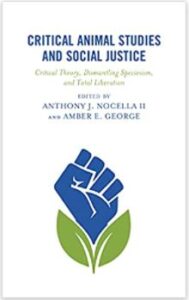July 2014 Top Five – Safest Countries for Animals
 What are the safest countries for other than human animals? That is a quite a large umbrella… On the whole one may examine the laws of recognition for personhood but even these have been segmented by species, industry or practice. There are many branches of the theme of “safety” but for the purposes of the Top 5 I have largely examined the recognition of the concept of “living being” to respond to a more all-encompassing idea of “safety” in the reality of other than human animals. Based on this concept, you may be surprised to see which countries made the countdown:
What are the safest countries for other than human animals? That is a quite a large umbrella… On the whole one may examine the laws of recognition for personhood but even these have been segmented by species, industry or practice. There are many branches of the theme of “safety” but for the purposes of the Top 5 I have largely examined the recognition of the concept of “living being” to respond to a more all-encompassing idea of “safety” in the reality of other than human animals. Based on this concept, you may be surprised to see which countries made the countdown:
(5) Switzerland
When looking at the acknowledgement of other than human animals as living beings, Switzerland was among one of the first to make an amendment to its constitution stating that the “dignity of creatures,” or the “Wurde der Kreatur,” must be taken into consideration by researchers” (Evans, 239:2010). The term “dignity of creatures” was not new but had been a part of the Constitution of the Canton of Aargau in 1980 (Birnbacher, 80:2014). Although the reutilization of the term “dignity of creatures” did not lead to a complete ban on the use of other than human animals in research, the original wording from the 1992 amendment was maintained in the revised constitution in 2000.
(4) Germany
Another constitutional amendment to include all animals was made by Germany in 2002 by integrating the revision “and animals” in the clause with reference to the protection and respect for the dignity of other than human animals by the state. This amendment, more specifically, stated that the German government acknowledged the responsibility for the protection of animals under the sheltering term of the environment to be equivalent to the Basic Rights of humans (Evans, 238:2010).
(3) Spain
Spain has been the leader in banning experiments on chimpanzees, gorillas, orangutans and bonobos under the granting of “human rights” to great apes. The result of granting human rights to great apes is that their use in medical experiments and the entertainment industry (circus, television, film) is no longer legal. And, causing the death of one of these great apes is now a crime. While Spain has the strongest legislation in relations to great apes, there are several other countries that prohibit the experimentation on these beings. However, in cases like New Zealand’s Animal Welfare Act (1999), the granting of specific rights under the term non-human hominids for the protection of the great apes (Wells, 2004) does not entirely ensure the prohibition experimentation.
(2) Italy
Reggio Emilia has stepped forward in passing an unparalleled animal rights bylaw. In 2004, the town implemented the bylaw which outlines practices such as boiling live lobsters as “useless torture” and keeping goldfish confined in glass bowls to be illegal practices. The bylaw is certainly not without its critics. But, by putting into practice such bylaws the wide ranging applications halts the awarding of small animals as prizes in amusement parks (also adopted my Monza) thus sending the message that other than human animals are not products but living sentient beings.
(1) Austria
And lastly, Austria tops the list with the most robust anti-cruelty laws. The prohibition of practices that are the norm in many countries makes Austria a pioneer as the safest overall country for other animals. Their laws take into consideration a wide range of species, industries and practices.
While these laws are a step in the right direction, many of them (not all mentioned in this list) do focus on the concept of personhood in relation to great apes. Unfortunately, this then can regrettably streamline the human collective into the acknowledgement for the granting of basic rights to other species simply to those with whom we as humans can more easily see as a reflection of ourselves, rather than on the basis of sentience. It is important to look at countries that are taking notice of the larger application of laws to protect all species, not only those that are deemed closest to our own…
Sources:
Birnbacher, D. (2014). Naturalness: Is the “Natural” Preferable to the “Artificial”. University Press of America, Lanham:MD.
Evans, E. Constitutional Inclusion of Animal Rights in Germany and Switzerland: How Did Animal Protection Become an Issue of National Importance? Society and Animals, 2010;18:231-250.
Wells, N. The Great Ape Project: legislating for the control of the use of non-human hominids in research, testing and teaching–Animal Welfare Act 1999 (New Zealand). Altern Lab Anim. 2004(Jun);32(1A):329-33.









